The Port of San Diego has been forced to declare an emergency. The cause is algae, a surprising culprit that has plagued the waters surrounding the busy port for decades.
The city must fight the invasive algae proliferating in the bay to mitigate the environmental disaster and return fishing and recreational activities to normal levels. The algae is an invasive type of seaweed that wreaks havoc on wildlife.
Distressing News About the Algae
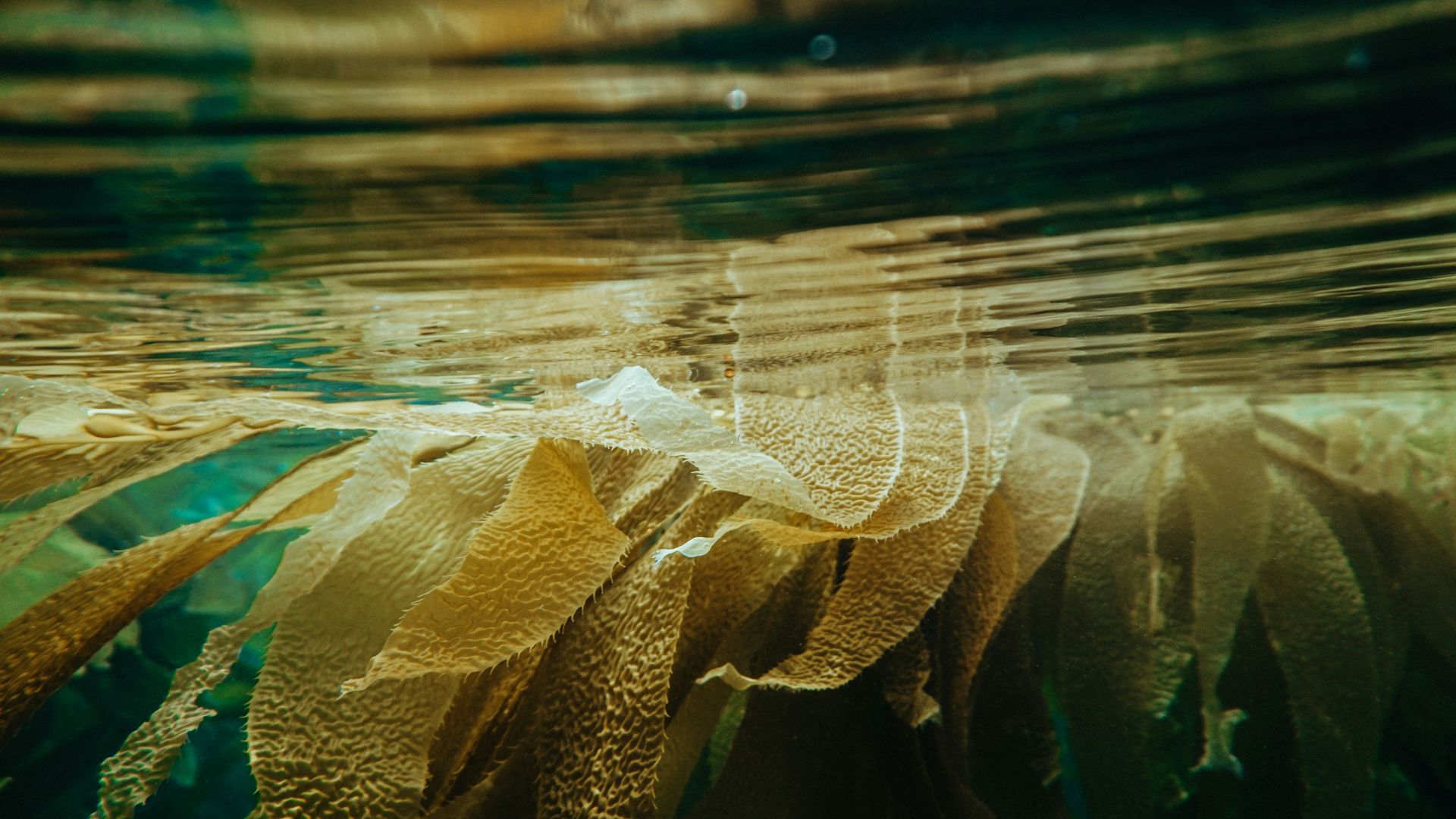
Scientifically known as Caulepra prolifera, the algae negatively affects the local plants and animals. First spotted in the San Diego Bay in September, the invasive species threatens local plants.
The algae grow quickly and strangle native seaweeds and seagrasses needed to maintain the bay’s current ecosystem. Losing native plants can result in losing much-needed protected habitats for marine life.
Eelgrass Most at Risk

The delicate ecosystem relies on a small but mighty form of seaweed called eelgrass. The plant has many sub-species and is used as a habitat for numerous types of fish, birds, and green sea turtles.
Animals use native seagrass as food and shelter during rough storms and when being chased by predators. Eelgrass is also a natural water filter and helps cleanse the bay of harmful toxins and muddy water.
Massive Swaths of Water Affected by the Algae

More than 11,200 square feet of Caulerpa have been found in the bay. The areas affected are Coronado Cays and the San Diego Bay National Wildlife Refuge.
Although no specific cause has been pinpointed, officials suspect a preventable source. Usually, when invasive species are added to a local habitat, the cause is humans. Officials suspect someone emptied a saltwater aquarium into the ocean since Caulpera is a common plant added to home aquariums and aquascapes.
Using the Algae at Home Is Illegal in the State
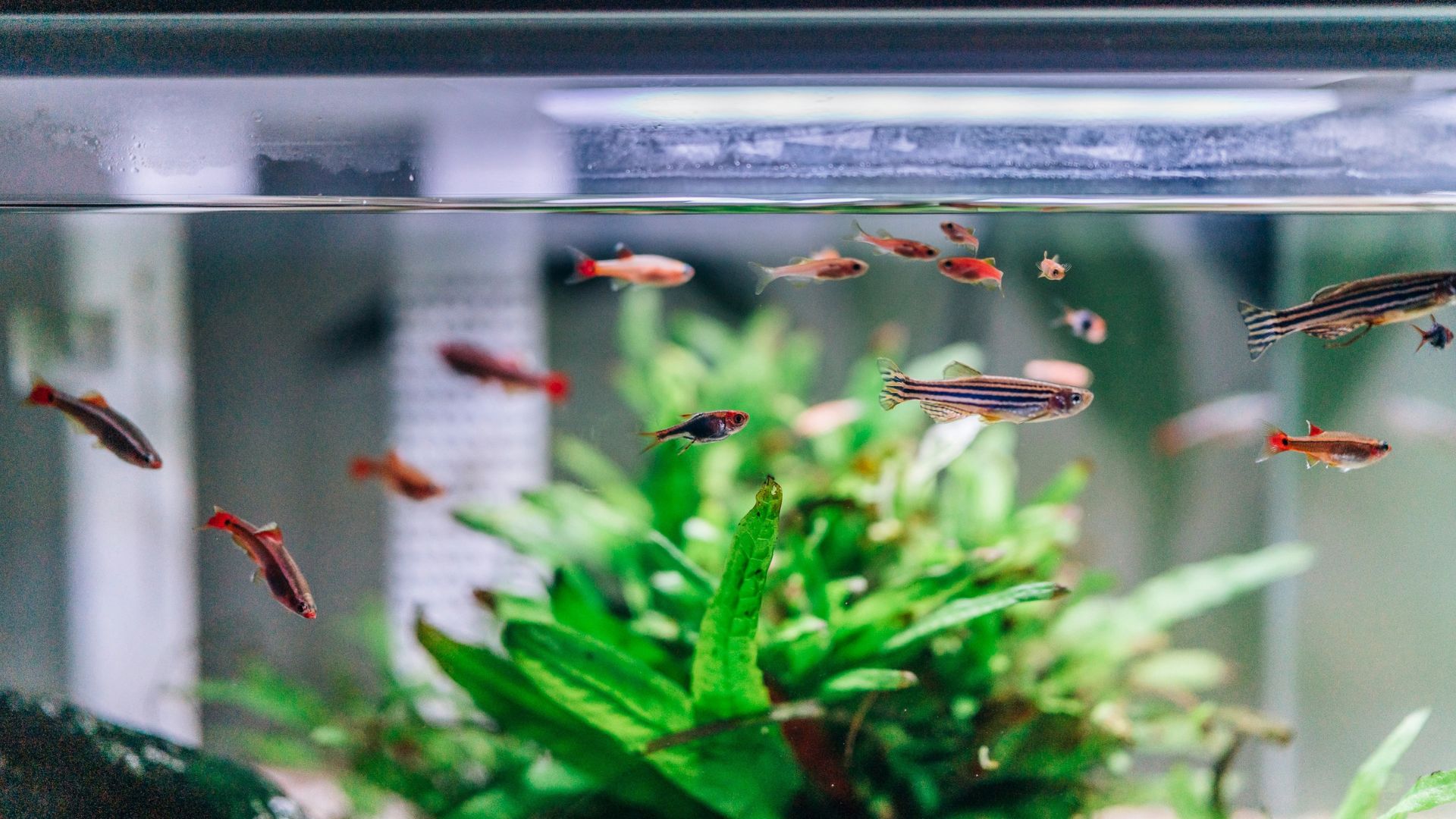
Because Cualerpa is so damaging to the environment, the algae have been banned from home use in the state. Buying and using it can result in a huge fine from local officials.
In a press conference, officials noted that no one should empty home aquariums into natural waterways. It’s best to dump the water into a sink at home so that it can be processed effectively at a treatment plant before being added back into the public water supply.
The Seaweed is Spreading Rapidly
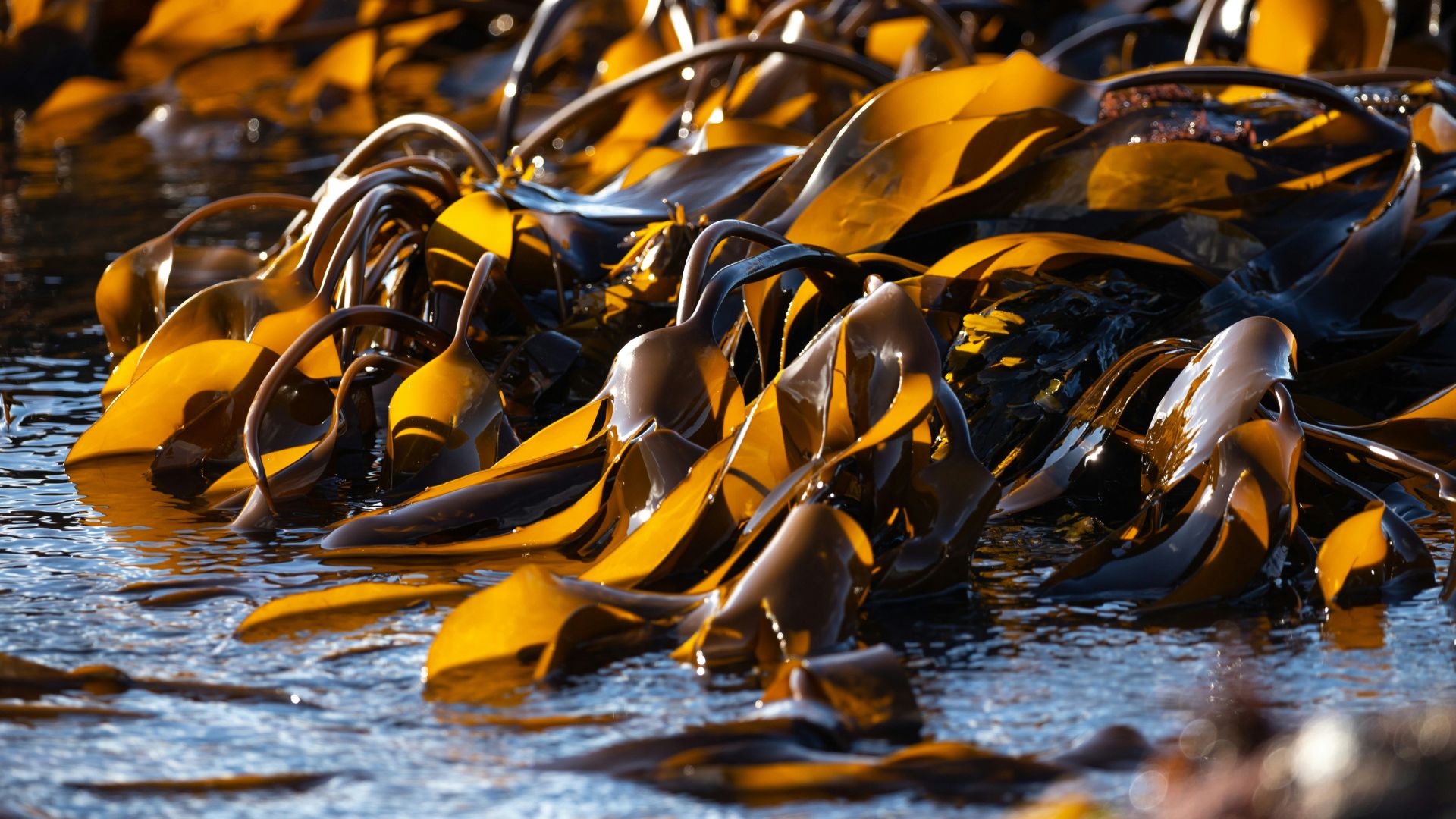
Unfortunately, this type of algae flourishes in any environment, spreading extremely strongly throughout San Diego Bay.
Once infested in natural waterways, the algae can “rapidly and aggressively expand from contact with vessels, fishing and even tidal exchanges,” officials said.
Tourists Urged To Stay out of the Water

Because the plant can also harm humans, officials have asked locals and visitors to stay out of the infested areas. Humans can also unknowingly spread the plant around, like blowing on a dandelion spreads its seeds.
Locals who frequently boat and dive in the area have been asked to inspect their equipment and report any signs to local authorities. The California Department of Fish and Wildlife will be diligently tracking the spread.
Trained Divers Have Helped in Blocking the Spread
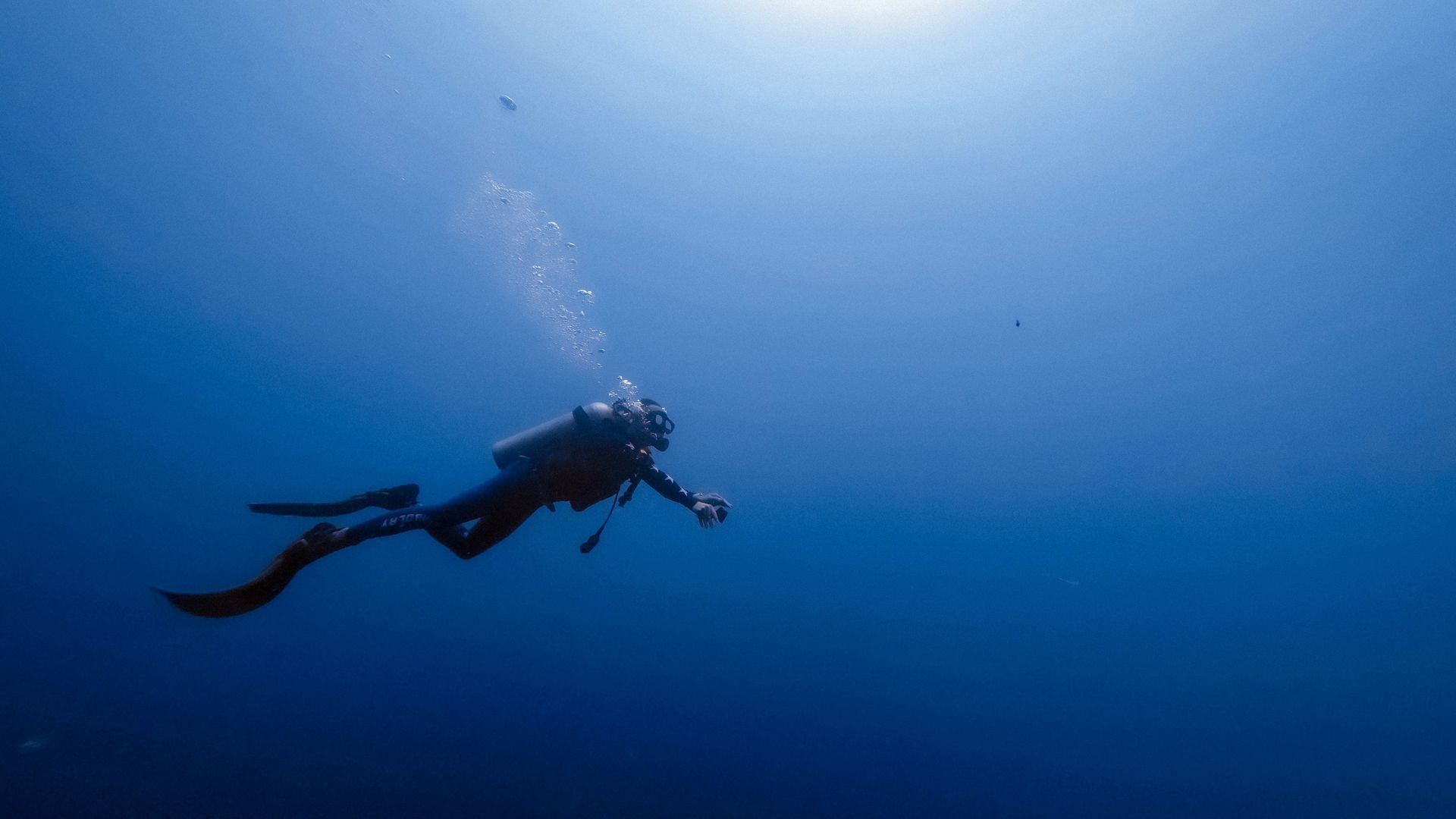
State officials have recruited professional divers’ to help mitigate the algae’s spread.
Officials said they are attempting to stop the infestation spread by covering known patches with a “sealed barrier meant to kill the algae by blocking it from light, oxygen, and tidal circulation.”
Millions in Funding Needed To Protect the Ecosystem
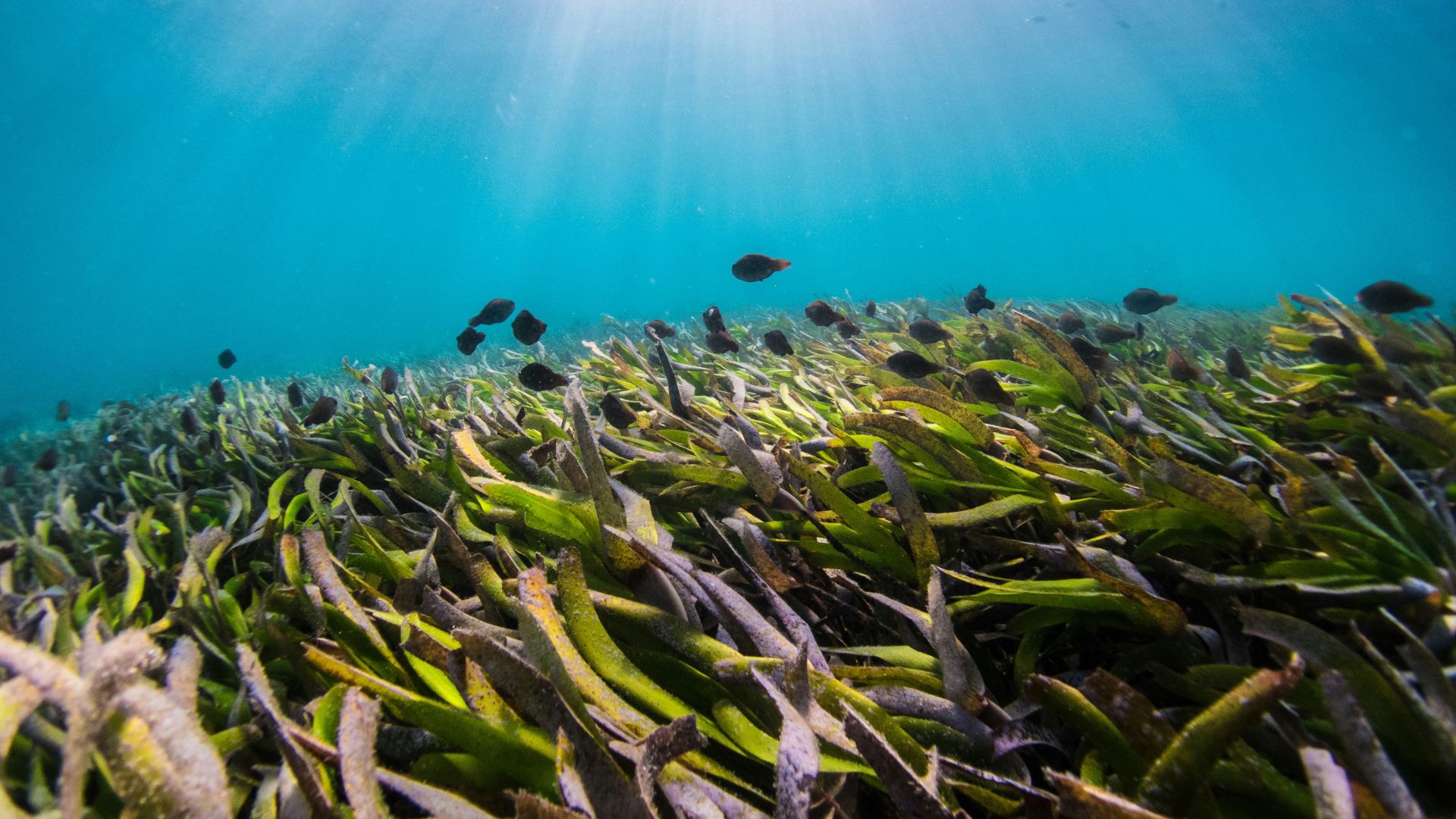
The cost of stopping the algae spread is projected in the millions. Currently, $900,000 has been committed to covering the costs of searching for the plant and eradicating it from the bay.
Another $2.2 million in funding is awaiting approval from state and federal groups. The state hopes that declaring an emergency in the state will help push through federal grant money much quicker.
Chairman Notes a Similar Outbreak Decades Ago
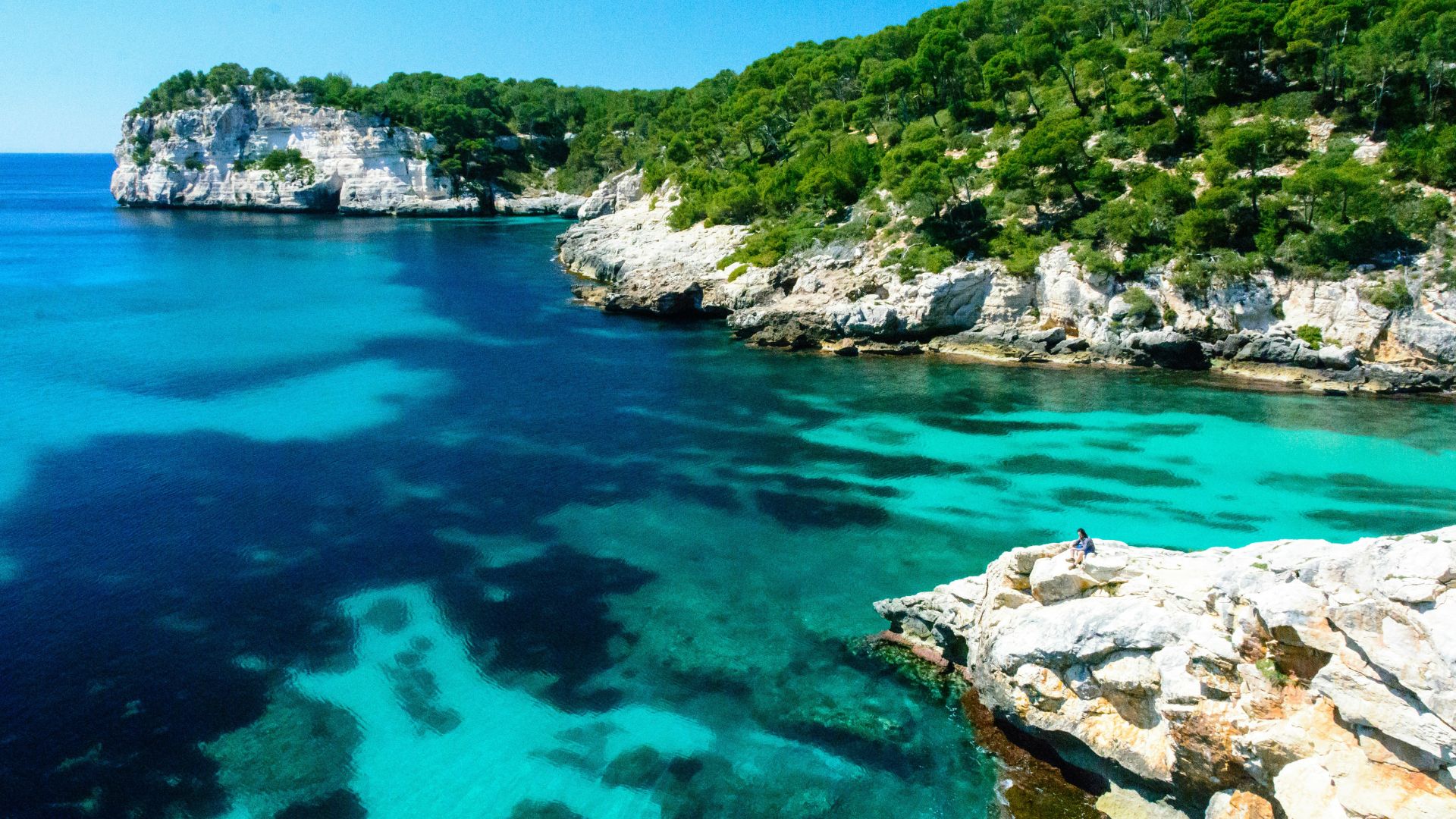
A warning about a similar outbreak in the Mediterranean Sea in the 1980s was issued. Frank Urtasan, chairman of the Port of San Diego Board of Port Commissioners, recounted a seaweed infestation that caused millions in damage.
He stated that the outbreak “caused millions of dollars in losses to tourism and fishing industries because it was not contained,” stopping the spread in the San Diego Bay before it becomes a state wide emergency is critical at this time.
Disaster depends on the speed of response
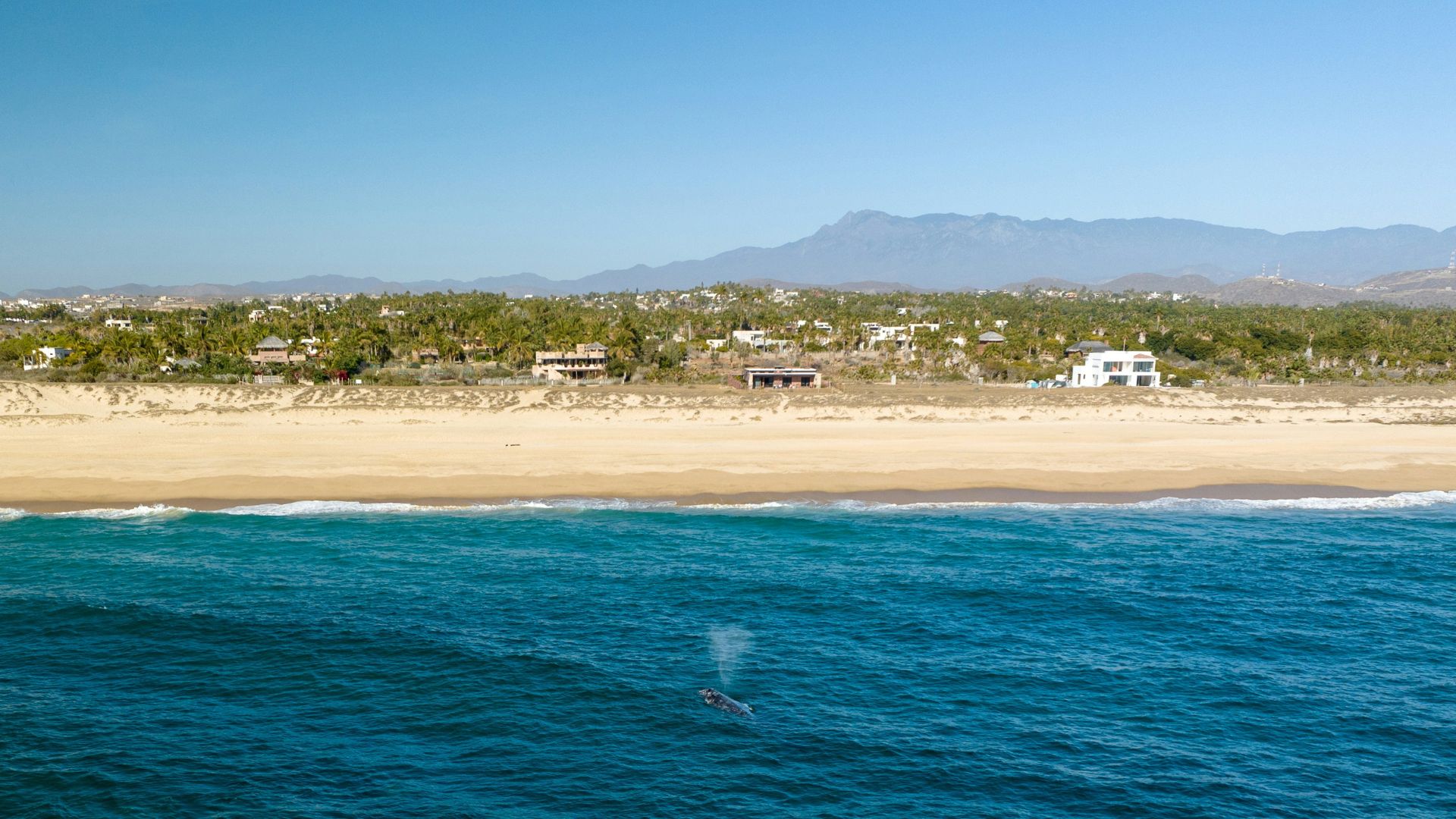
How fast the response moves will depend on if the algae become a more serious problem for the state. “It is absolutely critical that we find and remove or cover every little piece of Caulerpa as quickly as possible to preserve our bay’s strong and healthy ecosystem,” said Urtasun in the release.
The spread can easily move up and down the coast of California, affecting other delicate ecosystems and possibly wildlife as far south as Mexico.
Not the First Algae Outbreak in California
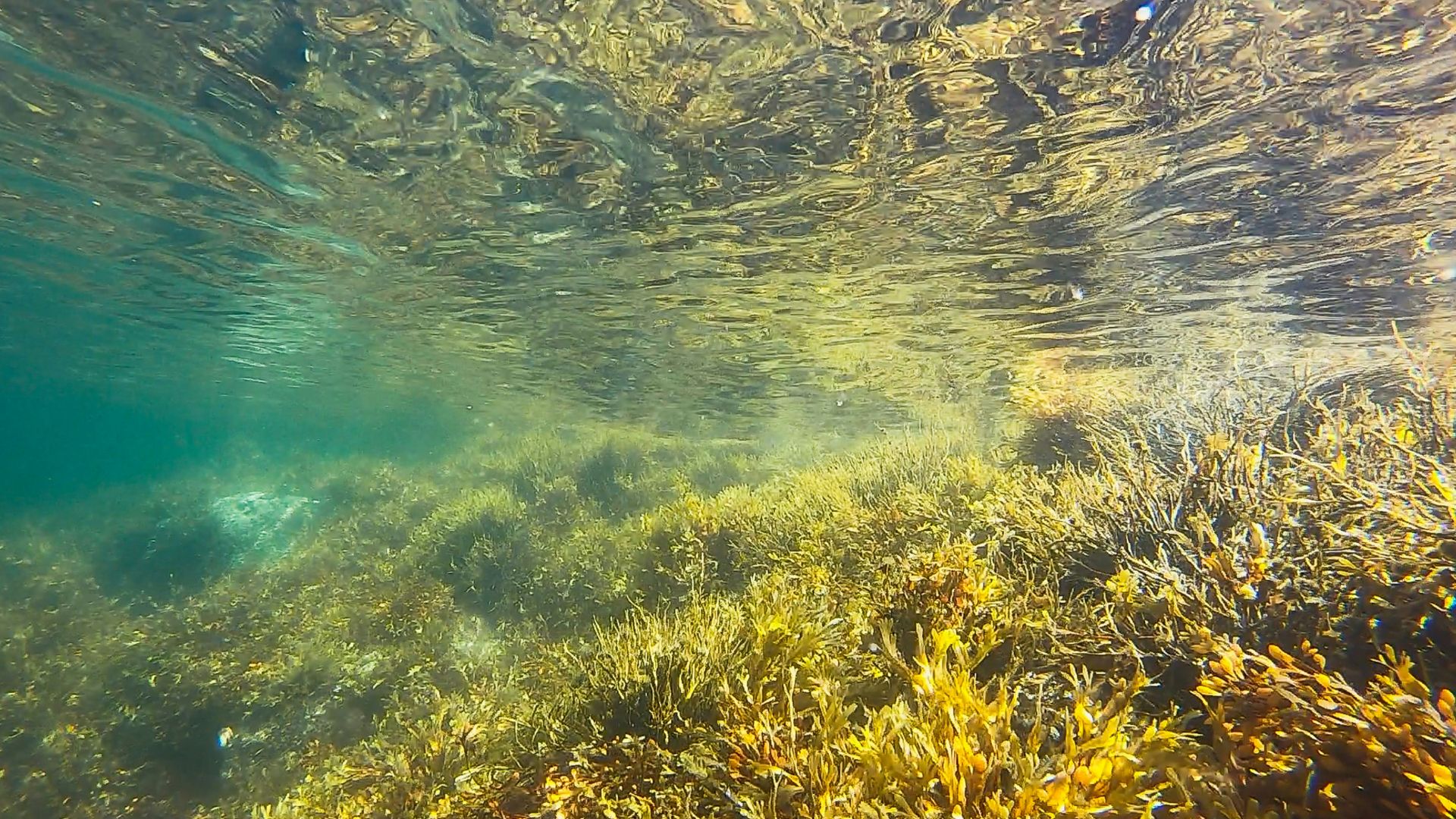
California has previously dealt with deadly algae outbreaks. Since the early 2000s, officials have tracked similar strains of Caulerpa in Huntington Harbour and Aqua Hedionda Lagoon in Carlsbad.
Newport Bay has also been battling an infestation of the same plant since 2021 and hasn’t completely eradicated it yet.








































